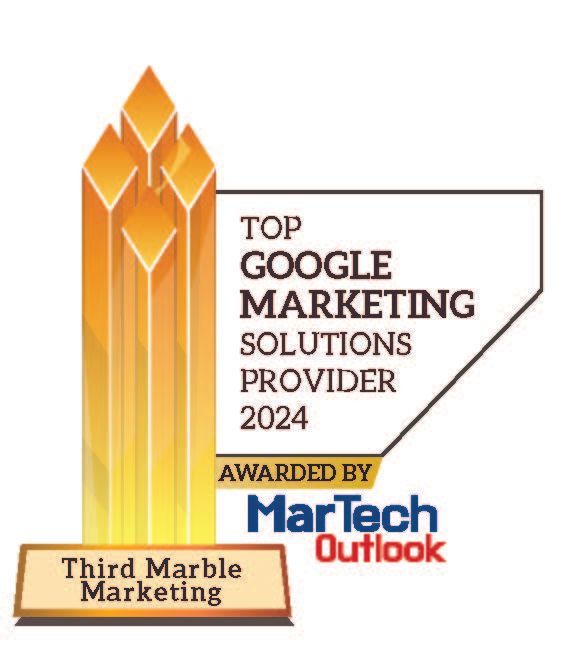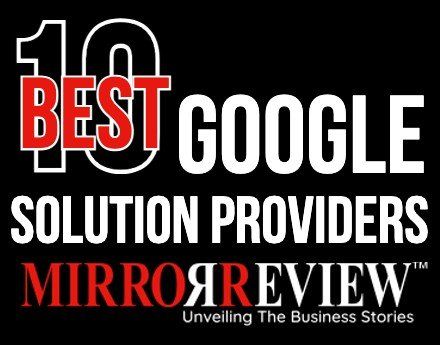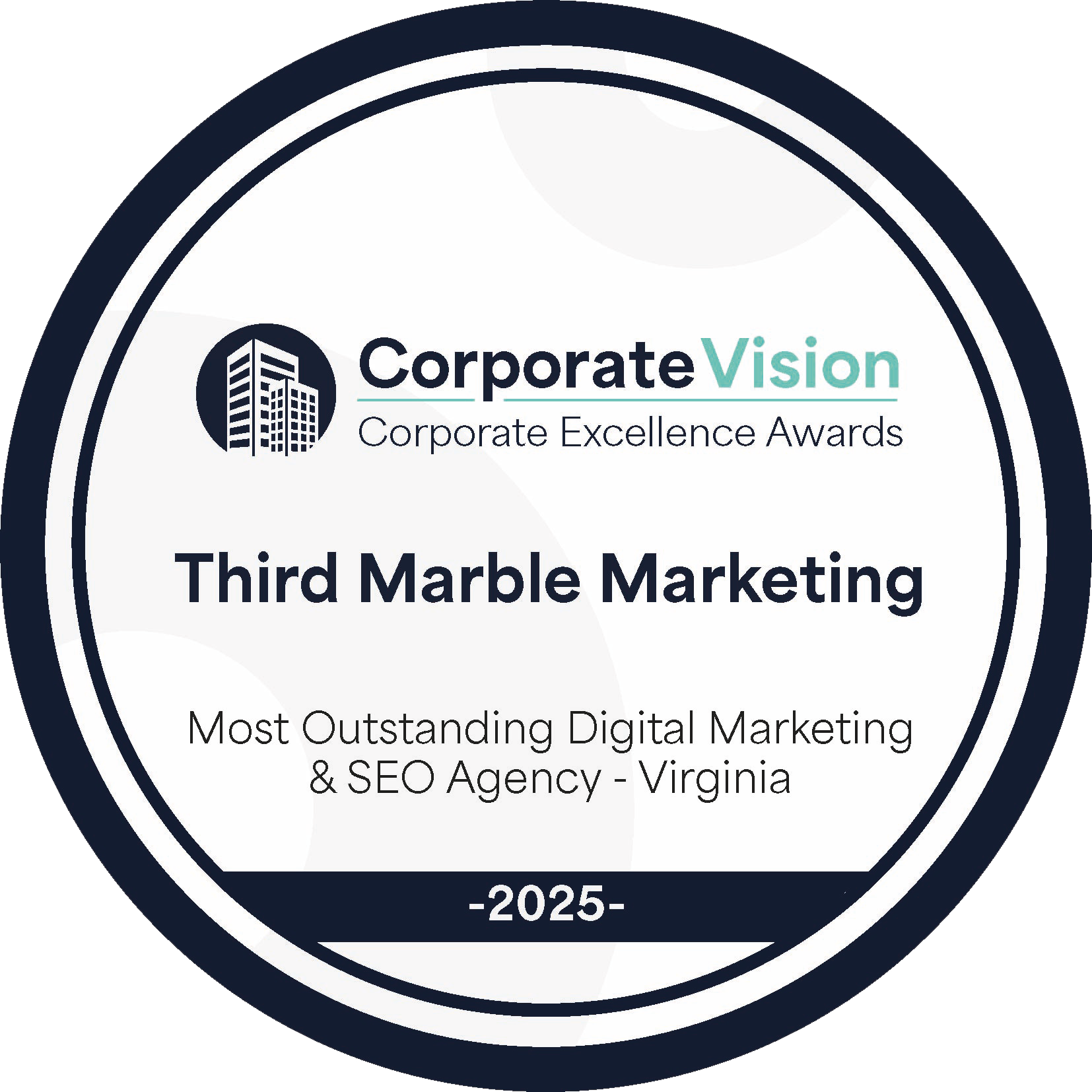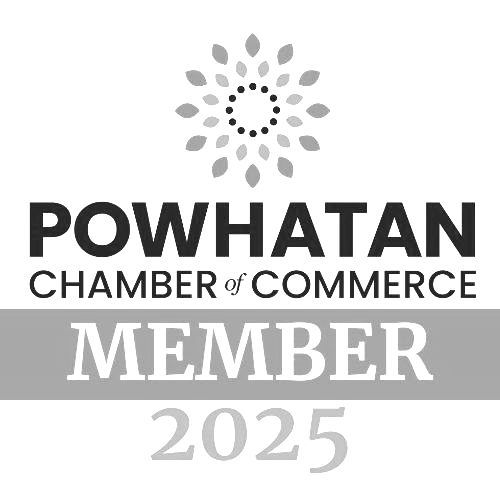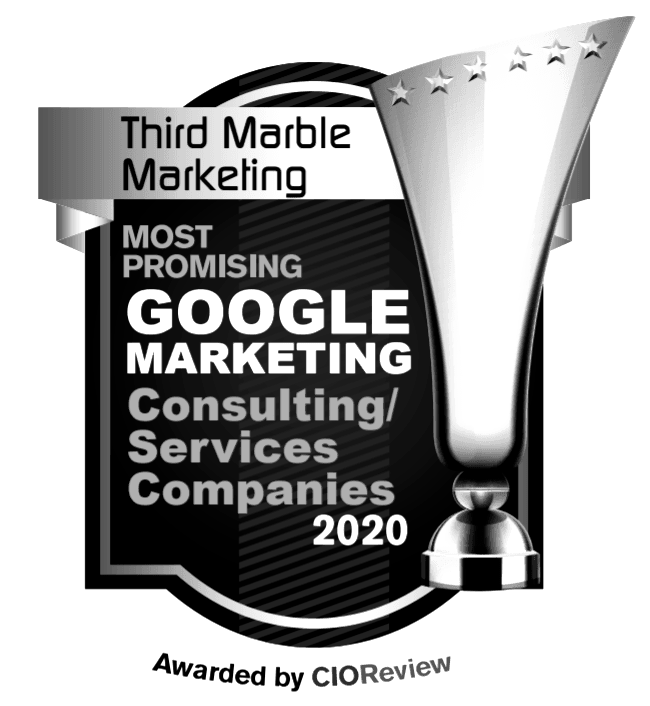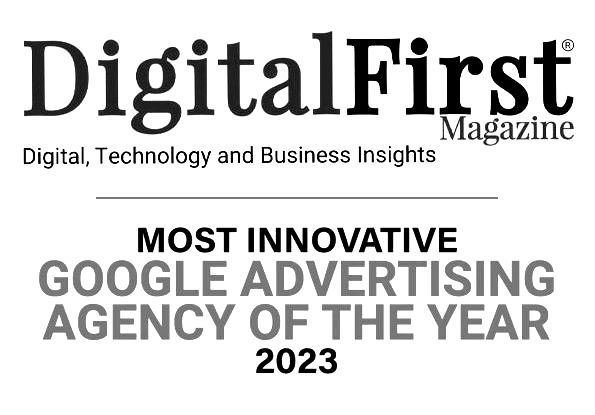Top 5 Things To Look For In A Google Ads Management Company
EVERY BUSINESS OWNER WANTS TO RANK #1 ON GOOGLE

So, Who to Turn To … What to Insist On!
Small business owners and managers … you know the value of Google Ads to propel your business to be the vendor of choice when it comes to internet searches. That said, it’s a safe bet that you don’t have the time, and probably the expertise, to successfully manage the design, production and execution of the Pay-Per-Click success elements to ensure Page 1 ranking on Google Searches.
That means enlisting the aid of a proven resource to target people seeking your products and
measure your success … quantified by your ROI driven by closed business revenue.
In this article, we’ll share with you the
5-Step Checklist for Success to profile potential Google Ads/SEO vendor candidates to ensure you get the most bank for your buck backed by tangible evidence of results. Included for your ease in analyzing alternative contenders is a simple yet comprehensive tool that you will find valuable.
The 5-Steps are:
- Meaningful Conversions
- Client Transparency
- Personalized Account Management
- Comprehensive Monthly Reporting
- Professional Credentials
(BTW, current Third Marble clients will recognize their consistent satisfaction as recipients of all 5 Steps.)
Meaningful Conversions
Your key concern must be whether the ads help your small business to grow.
The first thing to look for is success in driving quality traffic to your website. Your ads should be designed to attract only highly targeted prospects searching for your products and services in your geographic footprint. Quality traffic means enhanced conversion from visitor to customer.
Once a visitor lands on your site, you’ll want to be sure to know the number and quality of phone calls generated by the visit as well as completion of forms to receive more information about your offerings. That said, it’s critical to track true
meaningful conversions. What does that mean?
First a word about
what is
not a meaningful conversion … “viewing the contact us” page. Unless the visitor actually takes action to contact your company, this action is meaningless.
Meaningful conversions are those that indicate genuine interest in your offerings. For example, a phone call that lasts at least 60 seconds is one that is likely to demonstrate seeking knowledge of your product or service. Less than a minute … could be a wrong number or folks asking for directions … both meaningless, not meaningful.
Another meaningful conversion would be evidence of a “Thank-you” page hit when a visitor fills out your
Contact Us
form. If someone takes the time to request more information … that’s a quality lead!
Proactive, capable Google Ads managers will track these meaningful metrics to monitor the effectiveness of your ad dollars and revise as needed to maximize your ROI.
Client Transparency
Your Google Ads Account is your account. That means you need to have access to it at your discretion. Your Google Ads management resource should offer to jointly access your current account, if you have one. Alternatively, a new account may be initiated providing for joint access by you and your Google Ads management team.
You will agree, that money is a key element in expecting complete vendor transparency. That means you must insist on detailed budget disclosure of how payment of your invoices is applied. Specifically, what is the breakdown of dollars that go toward Ads and those charged as management fees. Both expenses are necessary, but you should be able to judge the relative merits of each in attaining your ROI goals.
Our commitment to transparency at Third Marble is to have Google Ads charges sent directly to the client … and a separate invoice from our office that details our management fees. Total disclosure. Total transparency.
Personalized Account Management
Your business, and you as owner, must be served by an assigned Account Manager. Together, you’ll agree on quantifiable, measurable goals for your Google Ads campaign.
Ideally, your Google Ads management vendor will have in place a daily account reporting system with frequent monitoring by an optimization team review to gauge results.
When there are significant alerts that require campaign adjustments, those may not be ignored … one business day is the maximum time to wait for revisions. For example, if your website were to go down, Google will cease posting ads. Third Marble will monitor that alert and notify you to immediately seek assistance from your web developer.
Comprehensive Monthly Reporting
As is the case with most business decision-making … knowledge is essential. Daily reporting as described above is critical. Additionally, the following 3 elements should be highlighted in your monthly reports.
Copies of your ads- Activity: clicks, impressions, conversions & rates, top-performing key words, cost-per-click, click-through rates
- Month to month comparison of performance
Professional Credentials
Look for evidence of credibility, proof of ability to perform as promised and acknowledgement of professionalism by industry experts. At the risk of “blowing our own horn”, you may consider the following as an example of what to consider as you make your Google Ads/SEO manager choice … new or replacement.
Third Marble Marketing - Google Ads & SEO Tips, Tricks and Case Studies












